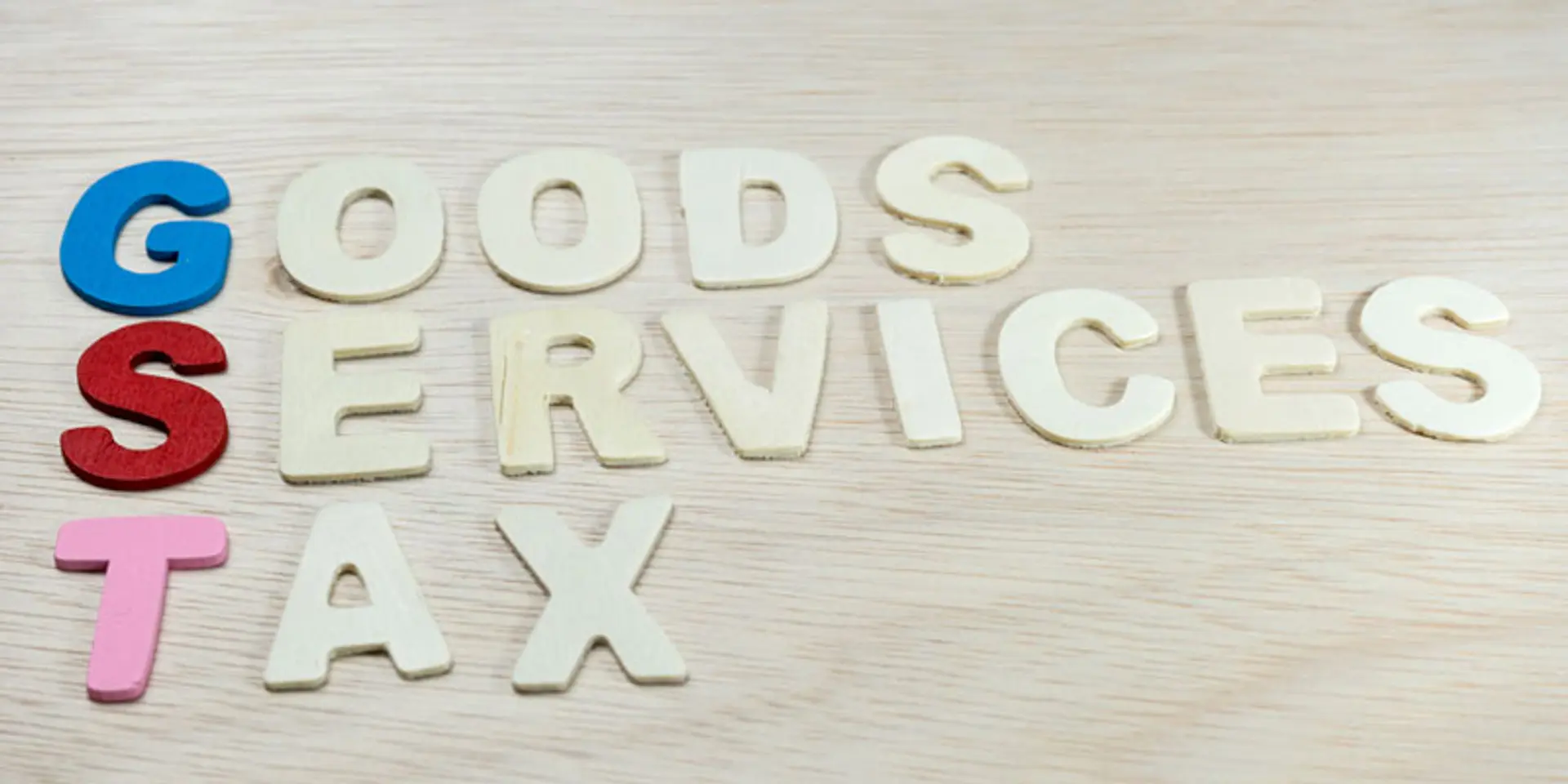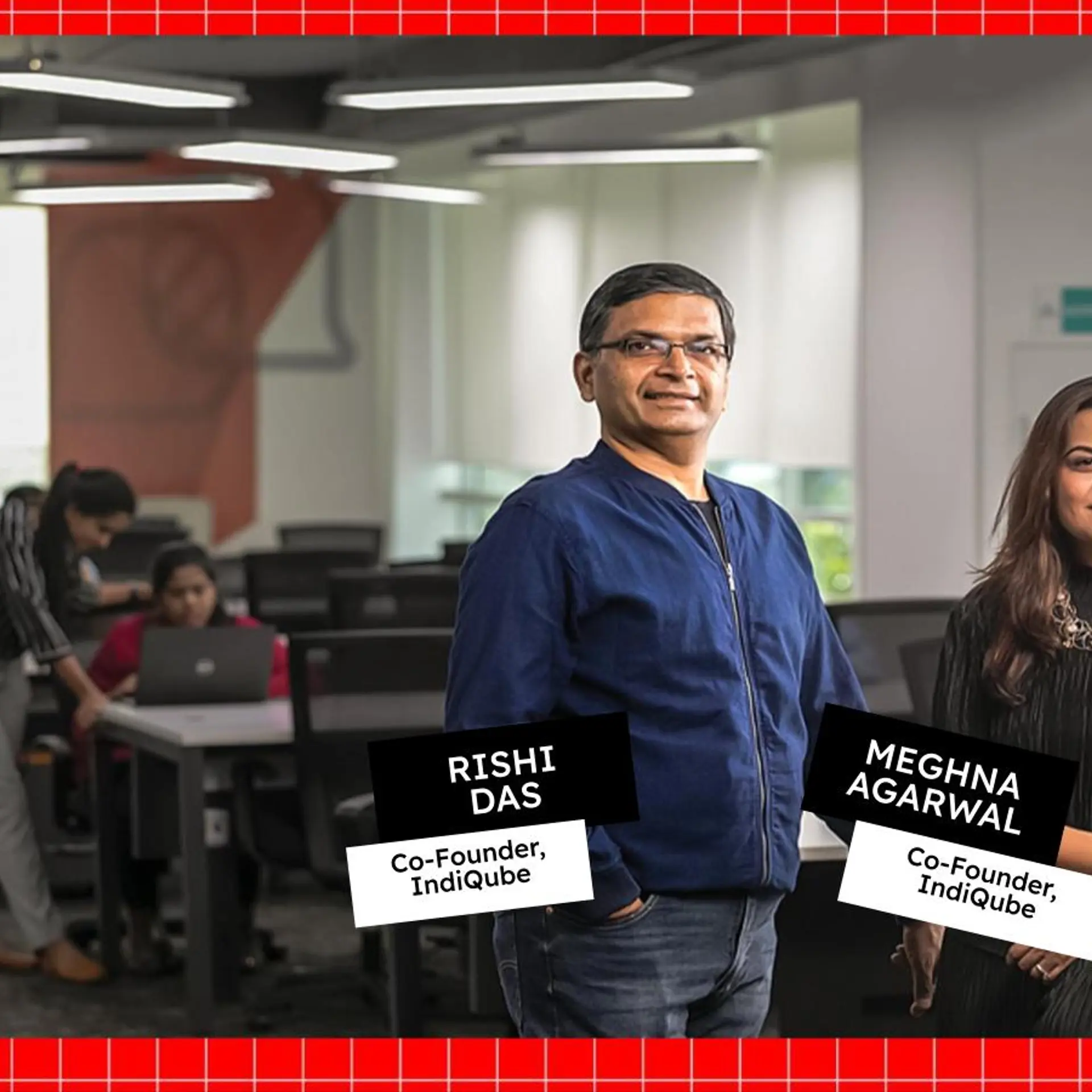Model GST – Not a curse but a lesser boon
Under the existing federal structure of the country and the applicable tax laws, Service Tax is charged on the services provided by one person to other. Service Tax is governed and collected by the central government of India. Similarly, Excise Duty on the manufacture of goods and Customs Duty on the import of goods are charged and collected by the central government. Then, there is a Value Added Tax (VAT) charged by the state governments on the sale of goods from their respective state, and a Central Sales Tax (CST) charged on the inter-state transactions. In addition, there are other state level taxes such as ‘Entry Tax' and 'Octroi' in some of the states.

Central government laws are standard throughout the country. However, different state governments have their own VAT laws, threshold limits and tax rates. Further, these laws fail to address the issues related to emerging sectors such as e-commerce, artificial intelligence and other IT/ITeS enabled products/services. So, these sectors were long awaiting the draft of model Goods and Services Tax (GST).
The empowered committee of state finance ministers in their meeting held on June 14 has approved the model Goods and Services Tax (GST) bill. Accordingly, the Ministry of Finance has also released the GST model, based on the draft GST Bill, in public domain. The model law has been released by the government with a view to engage with the stakeholders and invite their suggestions and feedback.
The proposed framework will subsume excise duty, customs duty and service tax into the Central GST (CGST). Similarly, VAT and other local taxes are proposed to be subsumed into State GST (SGST) and inter-state transactions shall be covered under Integrated GST (IGST). The CGST would be framed based upon the model GST law. In addition, the states will draft their own SGST based upon the draft law with minor variations and incorporating state based exemptions.
Let us now try to understand the implications of this inevitable change on the start-up ecosystem, especially for the technology based start-ups and e-commerce companies:
Problems addressed in the model GST:
- Clearly defined goods or services: At present, there are multiple areas/sectors wherein there is an ambiguity with regard to the jurisdiction they fall under - central or state. Some of these areas are sale of software (especially by way of download or transfer through electronic media), renting of goods, sale or supply of goods through e-commerce portals across the country. The model GST has a clause which states that the central and state governments would clearly notify as to what consists of supply of goods and not services, what constitutes supply of services and not goods and what consists of neither supply of goods nor supply of services.
Establishing a standard tax law across the country: Ideally, a model GST should have subsumed all indirect taxes (including central and state taxes) into one GST and not as separate CGST, SGST and IGST. However, the proposed law is still a welcome step as it subsumes many different taxes into three GST’s. This will bring down the overall compliance burden/cost and mitigate the problem of dealing with different government offices. Also, the model GST aims at a standard and supportive tax law across centre and all the states.
- Covering latest concepts relating to e-commerce: The GST law has introduced the concepts of 'Electronic Commerce' and 'Electronic Commerce Operator'. This seems to be a welcome step forward, wherein, we can expect more laws align with the changing business environment.
- Removal of uncertainties: At present, there are a lot of uncertainties as different state governments are coming up with ad-hoc laws and rules to tax online businesses. Further, the e-commerce giants are at times harassed to provide information which they are not even aware that they are required to maintain. This is primarily due to lack of clarity in the existing laws. With GST, we can expect defined and clear laws which would remove such uncertainties. Also, there has been a lack of clarity on the registration of sellers and service provider listed at e-commerce portals. The GST draft removes that ambiguity by mandating registration of all such suppliers/service providers.
- Availability of input credits and avoidance of double taxation: At present, the dealers are denied input credits of several legitimate input services/goods. Also, at times, both service tax and VAT are charged on a single transaction. This double taxation can now be avoided. This shall bring down the overall cost and add to the ease of doing business.
New challenges with the model GST:
- Increased compliance: Introduction of the GST regime will require shifting to the new regime. New rules have to be framed and new forms would be released. This will be an additional one-time compliance burden for businesses. Further, the proposed law has defined ‘Aggregators' as deemed service providers and has fixed the responsibility of ensuring several compliances on 'Electronic Commerce Operators’ - which covers almost all online based businesses and service providers.
- Mandatory registration and compliance for small service providers: The aggregators and the suppliers/service providers transacting through ‘Electronic Commerce Operators’ have not been provided the basic exemption limit up to a certain turnover for being a small service provider. Thus, all e-commerce suppliers/service providers will have to get themselves registered and start complying with the laws right from the beginning. The same rule is applicable for new online portals and aggregators.
- Aggregators deemed as service providers: Earlier, the aggregators needed to pay taxes only on their commission component. Then, service tax under reverse charge was imposed on the aggregators of services for the entire service value. Now, the new law deems aggregators to be the service providers for the entire service value.
- Confusion around CGST-SGST-IGST : The government blames the constitution and the federal structure of India for the confusion around the CGST-SGST-IGST structure . However, for businesses and especially startups, the segregation of GST and non-availability of input tax credits still remains a concern.
- Lack of clarity on SGST: Model SGST is suggestive for state governments. However, when would the state governments adopt the model GST and that too with what kind of amendments and variations is still a major concern of experts and businesses. Further, the not-so-cordial relations between several state governments and central government may lead to more harassment for the public at large.
Though introduction of GST is a welcome move, however, how the model GST is adopted by the states and how it fares with the tax payers at large is yet to be seen. Also, the model GST is in public domain for discussion. Thus, the inputs from stakeholders will definitely help in removing the associated concerns, so that we have the best possible indirect tax law in the country.
(Disclaimer: The views and opinions expressed in this article are those of the author and do not necessarily reflect the views of YourStory.)







